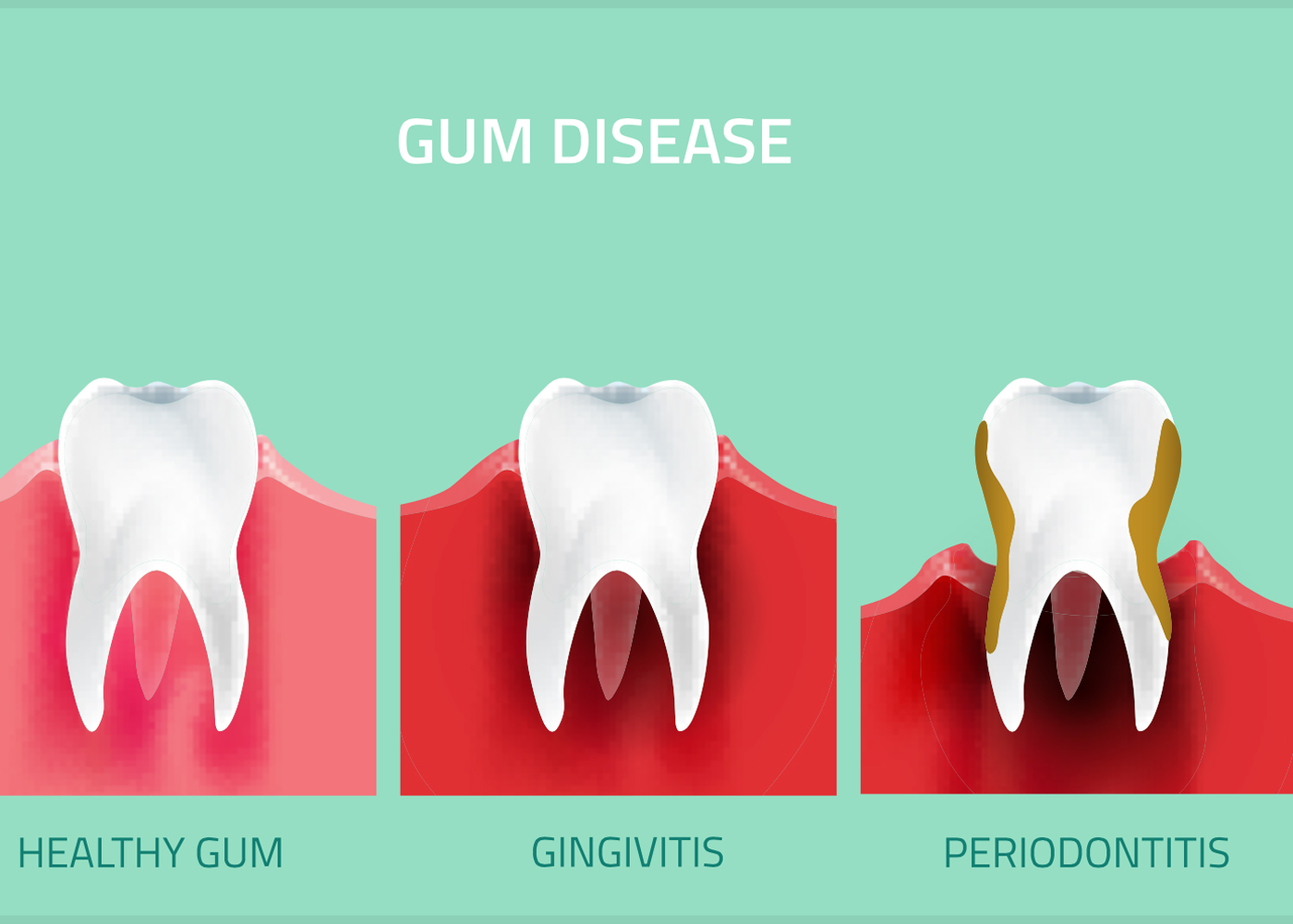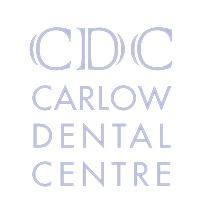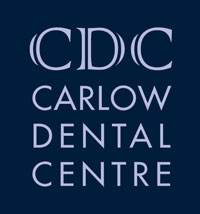PERIODONTAL TREATMENT
Gingivitis and Periodontal Disease (Gum Disease)
Periodontitis, also generally called gum disease or periodontal disease, begins with bacterial growth in your mouth and may end – if not properly treated – with tooth loss due to destruction of the tissue that surrounds your teeth.
What’s the difference between gingivitis and periodontitis?
Gingivitis (gum inflammation) usually precedes periodontitis (gum disease). However, it is important to know that not all gingivitis progresses to periodontitis.
In the early stage of gingivitis, bacteria in plaque build up, causing the gums to become inflamed and to easily bleed during tooth brushing. Although the gums may be irritated, the teeth are still firmly planted in their sockets. No irreversible bone or other tissue damage has occurred at this stage.
When gingivitis is left untreated, it can advance to periodontitis. In a person with periodontitis, the inner layer of the gum and bone pull away from the teeth and form pockets. These small spaces between teeth and gums collect debris and can become infected. The body’s immune system fights the bacteria as the plaque spreads and grows below the gum line.
Toxins or poisons – produced by the bacteria in plaque as well as the body’s “good” enzymes involved in fighting infections – start to break down the bone and connective tissue that hold teeth in place. As the disease progresses, the pockets deepen and more gum tissue and bone are destroyed. When this happens, teeth are no longer anchored in place, they become loose, and tooth loss occurs. Gum disease is the leading cause of tooth loss in adults.


What’s the difference between gingivitis and periodontitis?
Gingivitis (gum inflammation) usually precedes periodontitis (gum disease). However, it is important to know that not all gingivitis progresses to periodontitis.
In the early stage of gingivitis, bacteria in plaque build up, causing the gums to become inflamed and to easily bleed during tooth brushing. Although the gums may be irritated, the teeth are still firmly planted in their sockets. No irreversible bone or other tissue damage has occurred at this stage.
When gingivitis is left untreated, it can advance to periodontitis. In a person with periodontitis, the inner layer of the gum and bone pull away from the teeth and form pockets. These small spaces between teeth and gums collect debris and can become infected. The body’s immune system fights the bacteria as the plaque spreads and grows below the gum line.
Toxins or poisons – produced by the bacteria in plaque as well as the body’s “good” enzymes involved in fighting infections – start to break down the bone and connective tissue that hold teeth in place. As the disease progresses, the pockets deepen and more gum tissue and bone are destroyed. When this happens, teeth are no longer anchored in place, they become loose, and tooth loss occurs. Gum disease is the leading cause of tooth loss in adults.
What are the symptoms of gum disease?
Gum disease may progress painlessly, producing few obvious signs, even in the late stages of the disease. Although the symptoms of periodontal disease often are subtle, the condition is not entirely without warning signs. Certain symptoms may point to some form of the disease.
Even if you don’t notice any symptoms, you may still have some degree of gum disease. In some people, gum disease may affect only certain teeth, such as the molars.
Only a dentist or a periodontist can recognise and determine the progression of gum disease.
GUM DISEASE INFORMATION
Plaque is the primary cause of gum disease. However, other factors can contribute to periodontal disease. These include:
- Hormonal changes, such as those occurring during pregnancy, puberty, menopause, and monthly menstruation, make gums more sensitive, which makes it easier for gingivitis to develop.
- Illnesses may affect the condition of your gums. This includes diseases such as cancer or HIV that interfere with the immune system. Because diabetes affects the body’s ability to use blood sugar, patients with this disease are at higher risk of developing infections, including periodontal disease and cavities.
- Medications can affect oral health, because some lessen the flow of saliva, which has a protective effect on teeth and gums. Some drugs, such as anticonvulsant medications and anti-angina drugs can cause abnormal growth of gum tissue.
- Bad habits such as smoking make it harder for gum tissue to repair itself.
- Poor oral hygiene habits such as not brushing and flossing on a daily basis make it easier for gingivitis to develop.
- Family history of dental disease can be a contributing factor for the development of gingivitis.
During a dental exam, your dentist typically checks for these things:
-
Gum bleeding, swelling, firmness, and pocket depth (the space between the gum and tooth; the larger and deeper the pocket, the more severe the disease)
-
Teeth movement and sensitivity and proper teeth alignment
-
Your jawbone, to help detect the breakdown of bone surrounding your teeth
Gum disease can be reversed in nearly all cases when proper plaque control is practiced. Proper plaque control consists of professional cleanings at least twice a year and daily brushing and flossing. Brushing eliminates plaque from the surfaces of the teeth that can be reached; flossing removes food particles and plaque from in between the teeth and under the gum line. Antibacterial mouth rinses can reduce bacteria that cause plaque and gum disease.
Other health and lifestyle changes that will decrease the risk, severity, and speed of gum disease development include:
-
Stop smoking. Tobacco use is a significant risk factor for development of periodontitis. Smokers are seven times more likely to get gum disease than non-smokers, and smoking can lower the chances of success of some treatments.
-
Reduce stress . Stress may make it difficult for your body’s immune system to fight off infection.
-
Maintain a well-balanced diet. Proper nutrition helps your immune system fight infection. Eating foods with antioxidant properties – for example, those containing vitamin E (vegetable oils, nuts, and green leafy vegetables) and vitamin C (citrus fruits, broccoli, and potatoes) – can help your body repair damaged tissue.
-
Avoid clenching and grinding your teeth. These actions may put excess force on the supporting tissues of the teeth and could increase the rate at which these tissues are destroyed.
Despite following good oral hygiene practices and making other healthy lifestyle choices, some people may be genetically susceptible to gum disease. And those who are genetically predisposed may be up to six times more likely to develop some form of gum disease. If anyone in your family has gum disease, it may mean that you are at greater risk, as well. If you are more susceptible to gum disease, your dentist or periodontist may recommend more frequent check-ups, cleanings, and treatments to better manage the condition.
Treatments for gum disease that don’t involve surgery include:
-
Professional dental cleaning. During a typical check-up your dentist or dental hygienist will remove the plaque and tartar (plaque that builds up and hardens on the tooth surface and can only be removed with professional cleaning) from above and below the gum line of all teeth. If you have some signs of gum disease, your dentist may recommend professional dental cleaning more than twice-a-year. Dental cleanings are not a treatment for active gum disease. They are, though, an important preventive measure that can help you stave off its development.
-
Scaling and root planing. This is a deep-cleaning, nonsurgical procedure, done under a local anaesthetic, whereby plaque and tartar from above and below the gum line are scraped away (scaling) and rough spots on the tooth root are made smooth (planing). Smoothing the rough spots removes bacteria and provides a clean surface for the gums to reattach to the teeth. Scaling and root planing is done if your dentist or periodontist determines that you have plaque and calculus (hardened plaque, also called tartar) under the gums that needs to be removed.
Some treatments for gum disease are surgical. Examples are:
-
Flap surgery/pocket reduction surgery. During this procedure the gums are lifted back and the tarter is removed. In some cases, irregular surfaces of the damaged bone are smoothed to limit areas where disease-causing bacteria can hide. The gums are then placed so that the tissue fits snugly around the tooth. This method reduces the size of the space between the gum and tooth, thereby decreasing the areas where harmful bacteria can grow and decreasing the chance of serious health problems associated with periodontal disease.
-
Bone grafts. This procedure involves using fragments of your own bone, synthetic bone, or donated bone to replace bone destroyed by gum disease. The grafts serve as a platform for the regrowth of bone, which restores stability to teeth. New technology, called tissue engineering, encourages your own body to regenerate bone and tissue at an accelerated rate.
-
Soft tissue grafts. This procedure reinforces thin gums or fills in places where gums have receded. Grafted tissue, most often taken from the roof of the mouth, is stitched in place, adding tissue to the affected area.
-
Guided tissue regeneration. Performed when the bone supporting your teeth has been destroyed, this procedure stimulates bone and gum tissue growth. Done in combination with flap surgery, a small piece of mesh-like fabric is inserted between the bone and gum tissue. This keeps the gum tissue from growing into the area where the bone should be, allowing the bone and connective tissue to regrow to better support the teeth.
-
Bone surgery. Smoothens shallow craters in the bone due to moderate and advanced bone loss. Following flap surgery, the bone around the tooth is reshaped to decrease the craters. This makes it harder for bacteria to collect and grow.
In some patients, the nonsurgical procedure of scaling and root planing is all that is needed to treat gum diseases. Surgery is needed when the tissue around the teeth is unhealthy and cannot be repaired with nonsurgical options.
Antibiotic treatments can be used either in combination with surgery and other therapies, or alone, to reduce or temporarily eliminate the bacteria associated with gum disease or suppress the destruction of the tooth’s attachment to the bone.
Chlorhexidine is an antimicrobial used to control plaque and gingivitis in the mouth or in periodontal pockets. The medication is available as a mouth rinse. Other antibiotics, including doxycycline, tetracycline, and minocycline may also be used to treat gum disease, as determined by your dentist.
In addition, non-prescription toothpaste that contains fluoride and an antibiotic to reduce plaque and gingivitis is often recommended.
Your dentist or periodontist is able to perform most procedures in his or her office. The time needed to perform the procedure, your degree of discomfort, and time needed to heal will vary from patient to patient depending on the type and extent of the procedure and your overall health. Local anaesthesia to numb the treatment area may be given before some treatments. If necessary, a medication may be given to help you relax.










